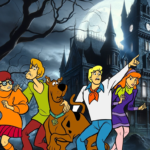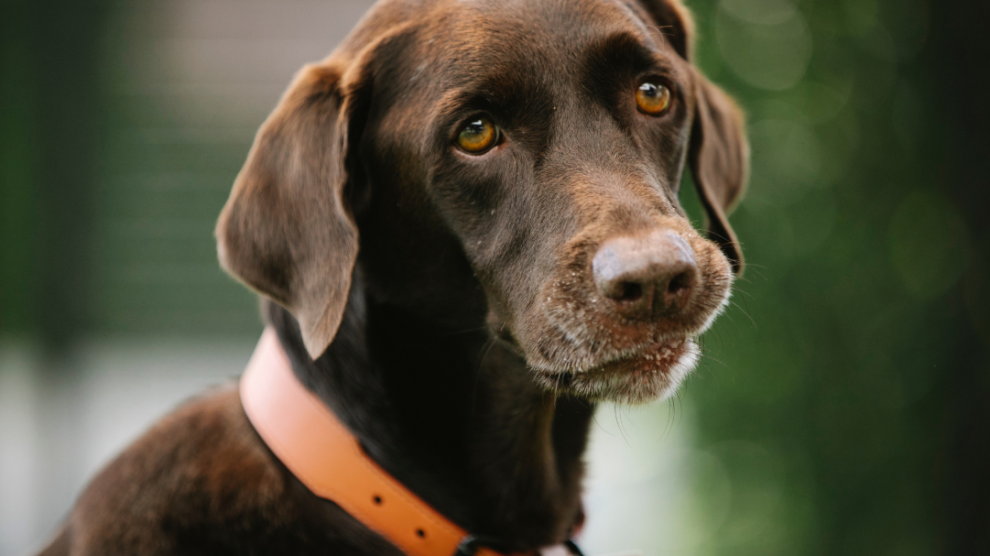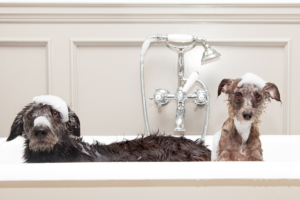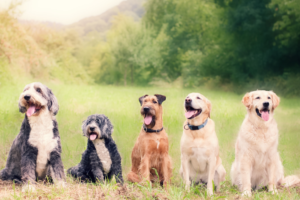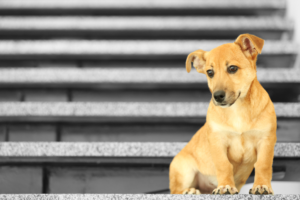Choosing and Using the Right Dog Collars
Dog collars are essential for every pet owner, not only as a tool for walking your dog but also as a symbol of your dog’s identity and safety. With so many types and designs available, choosing the right collar can be overwhelming. From comfort to fit and functionality, here’s what your dog would want you to know about dog collars and how to select one that suits their needs.
Comfort is Key
One of the primary things your dog would want you to know about collars is the importance of comfort. A collar that’s too tight or made from uncomfortable material can irritate your dog’s skin, causing discomfort and sometimes even pain.
- Material Matters: Dogs prefer collars made from soft, flexible materials like nylon, leather, or neoprene. These materials are gentle on the skin, reducing the chance of chafing or irritation. Avoid materials that are too stiff, as they can restrict movement or cause your dog’s fur to mat.
- Weight and Size: Dogs notice the weight of their collar. Heavier collars with bulky hardware can be uncomfortable, especially for smaller breeds. Choose a lightweight option that suits your dog’s size and strength.
If your dog frequently scratches at their collar, it might be a sign that it’s uncomfortable or not fitted correctly.
Fit is Everything
A collar should be snug but not too tight. Your dog would want you to ensure a proper fit to avoid discomfort and prevent potential safety hazards.
- Two-Finger Rule: The general rule for fitting a collar is that you should be able to slip two fingers between the collar and your dog’s neck. This ensures it’s snug enough to prevent slipping but not so tight that it restricts breathing or movement.
- Regularly Check the Fit: Dogs grow, lose weight, and gain muscle, which can change how their collar fits. Periodically check the collar’s fit, especially if your dog is still growing, has gained or lost weight, or has a thick seasonal coat.
A well-fitted collar is essential for your dog’s comfort, and it helps prevent injuries from collars that are too loose or too tight.
Different Dog Collars Serve Different Purposes
Not all collars are created equal, and each type serves a different purpose. Your dog would want you to choose a collar based on their specific needs and your lifestyle.
- Flat Collars: These are the most common collars, used for everyday wear and holding ID tags. They’re suitable for most dogs and come in a variety of materials and designs.
- Martingale Collars: Often used for training or for dogs with narrower heads (like Greyhounds), martingale collars provide gentle control without the risk of choking. They tighten slightly if the dog pulls but won’t choke.
- Harness-Compatible Collars: If your dog frequently wears a harness, a collar can still be useful for identification tags. However, in such cases, it’s best to choose a lightweight, simple collar.
- Head Collars: These collars fit around the dog’s muzzle and neck and are often used for training. However, they should be used with caution and should not be used to pull or jerk the dog.
Understanding the purpose of each type of collar can help you choose one that meets your dog’s specific needs.
Safety First
Your dog’s safety is paramount, and certain collar features can help keep them safe.
- Breakaway Collars for Safety: Breakaway collars have a safety clasp that releases under pressure, making them ideal for dogs that spend time unsupervised, such as outdoor cats. While dogs may not need breakaway collars for everyday walks, they can be helpful for dogs that play outdoors or in fenced areas.
- Reflective or LED Collars: If you walk your dog at dawn, dusk, or in low-light conditions, reflective collars or collars with LED lights can increase their visibility to drivers and cyclists.
- Identification Tags and GPS: A collar with a securely attached ID tag is crucial in case your dog gets lost. Some collars now include built-in GPS tracking, which allows you to locate your dog easily if they wander off.
Ensuring your dog’s collar has safety features that suit your lifestyle can make all the difference in keeping them safe.
Avoid Overuse of Certain Types of Dog Collars
Dogs can be sensitive to certain types of dog collars, especially those designed for training. Your dog would want you to avoid using corrective collars like prong, choke, or shock collars unnecessarily.
- Reserve Training Collars for Professional Use: Prong collars, choke chains, and electronic collars should be used only under the guidance of a professional trainer. Misusing these collars can lead to fear, anxiety, and behavioral issues.
- Limit Time Spent in Training Collars: Even if your dog uses a training collar, ensure they don’t wear it all day. Training collars are meant for short sessions, not for everyday wear.
Training collars should be used sparingly, as overuse can cause physical harm and emotional stress.
Personalized Doggie Style
Finally, your dog would want you to know that collars can also be a fun way to express their unique personality. From colorful patterns to custom engravings, there are many ways to personalize your dog’s collar.
- Choose a Collar that Reflects Their Personality: Whether your dog has a playful personality or a dignified demeanor, there’s a collar to match. Personalizing their collar makes them stand out and can add a little fun to your routine.
- Match Collar to Season or Occasion: Many pet owners enjoy having seasonal collars, such as holiday-themed collars, which can add a festive touch to your dog’s appearance.
Dog collars are a fun way to reflect your dog’s personality, making them feel like part of the family.
Woof. Woof.
A dog collar is more than just an accessory; it’s a practical tool for training, identification, and safety. By selecting the right collar and ensuring a proper fit, you’re prioritizing your dog’s comfort and well-being. Remember to choose a collar that fits well, is made of comfortable materials, and includes safety features suited to your lifestyle. With the right collar, your dog will feel secure, comfortable, and ready to enjoy all the adventures that await.
When it comes to choosing a collar, your dog’s comfort, safety, and unique personality should be top priorities.



